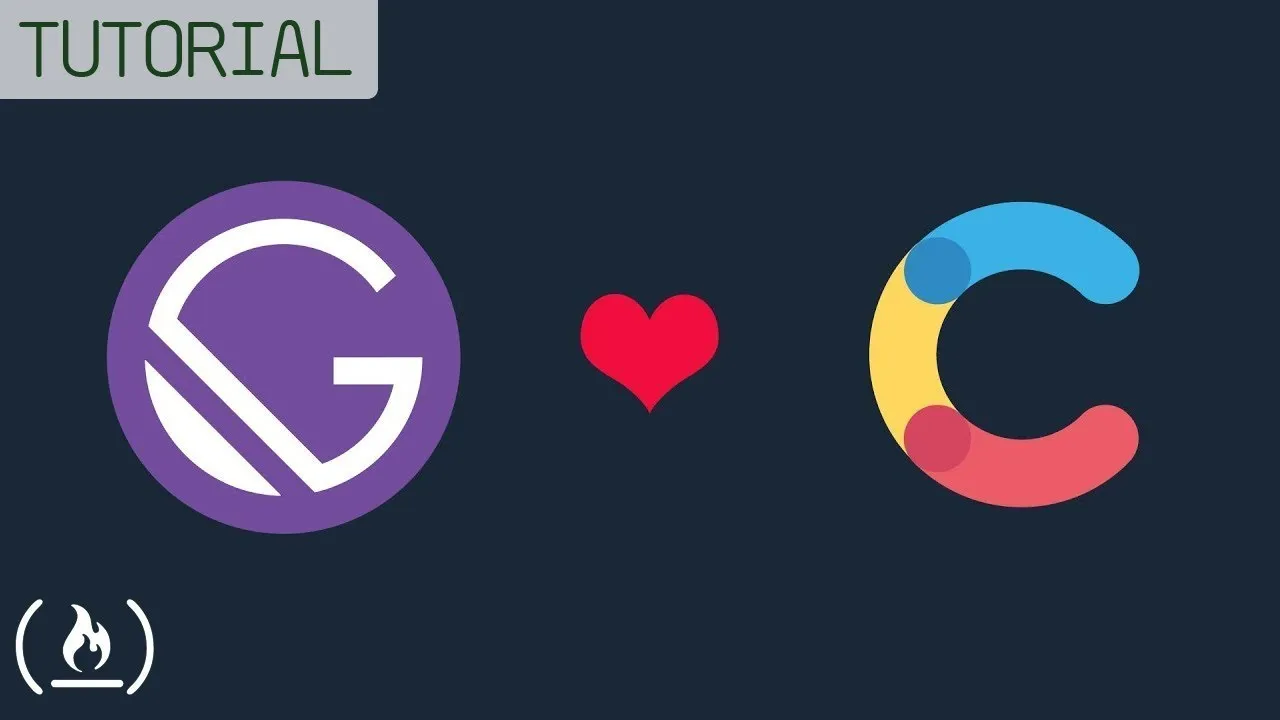
Free Web Hosting Tutorial - Make WordPress Hosting Easy with Plesk on DigitalOcean 
This free tutorial provides step-by-step instructions on how to use Plesk on DigitalOcean to easily host a WordPress website. Learn how to simplify WordPress WebOps with this powerful hosting platform. ▼
ADVERTISEMENT
Course Feature
![]() Cost:
Cost:
Free
![]() Provider:
Provider:
Udemy
![]() Certificate:
Certificate:
No Information
![]() Language:
Language:
English
![]() Start Date:
Start Date:
Self Paced
Course Overview
❗The content presented here is sourced directly from Udemy platform. For comprehensive course details, including enrollment information, simply click on the 'Go to class' link on our website.
Updated in [March 06th, 2023]
This course provides an overview of how to use Plesk on DigitalOcean to create a private virtual server and host a WordPress website. Participants will learn how to create a new WordPress website or migrate an existing one to their new server. Additionally, they will learn how to use the Plesk WordPress Toolkit extension to secure, update, and maintain their WordPress website. By the end of the course, participants will have the knowledge and skills to easily host a WordPress website on DigitalOcean using Plesk.
[Applications]
The application of this course can be seen in the ability to create a private virtual server on DigitalOcean using the Plesk hosting platform. This course also provides the knowledge to create a new WordPress website or migrate an existing one to the new server. Additionally, the Plesk WordPress Toolkit extension can be used to secure, update, and maintain the WordPress website. With the knowledge gained from this course, users can confidently create and manage their own WordPress hosting environment.
[Career Paths]
1. Web Developer: Web developers are responsible for creating and maintaining websites. They use a variety of programming languages and frameworks to create websites that are both functional and visually appealing. Web developers must be able to understand user needs and design websites that meet those needs. With the rise of cloud computing, web developers are increasingly using cloud-based services such as DigitalOcean and Plesk to create and manage websites.
2. WordPress Developer: WordPress developers specialize in creating and maintaining websites using the WordPress content management system. They must be familiar with the WordPress platform and be able to customize it to meet the needs of their clients. With the introduction of the Plesk WordPress Toolkit extension, WordPress developers can now easily manage and maintain WordPress websites hosted on DigitalOcean.
3. System Administrator: System administrators are responsible for managing and maintaining computer systems. They must be familiar with the hardware and software components of a system and be able to troubleshoot any issues that arise. With the rise of cloud computing, system administrators are increasingly using cloud-based services such as DigitalOcean and Plesk to manage and maintain computer systems.
4. Cloud Computing Engineer: Cloud computing engineers are responsible for designing, developing, and maintaining cloud-based systems. They must be familiar with cloud-based services such as DigitalOcean and Plesk and be able to design and implement cloud-based solutions that meet the needs of their clients. As cloud computing continues to grow in popularity, cloud computing engineers will be in high demand.
[Education Paths]
1. Bachelor of Science in Computer Science: This degree path focuses on the fundamentals of computer science, such as programming, software engineering, and computer architecture. It also covers topics such as artificial intelligence, machine learning, and data science. This degree path is ideal for those who want to develop their skills in web hosting and WordPress development.
2. Bachelor of Science in Information Technology: This degree path focuses on the application of technology to solve business problems. It covers topics such as network security, database management, and web development. This degree path is ideal for those who want to develop their skills in web hosting and WordPress development.
3. Master of Science in Web Development: This degree path focuses on the development of web applications and websites. It covers topics such as web design, web programming, and web security. This degree path is ideal for those who want to develop their skills in web hosting and WordPress development.
4. Master of Science in Information Technology: This degree path focuses on the application of technology to solve business problems. It covers topics such as network security, database management, and web development. This degree path is ideal for those who want to develop their skills in web hosting and WordPress development.
The demand for web hosting and WordPress development is increasing as businesses move to the cloud and require more sophisticated web solutions. As such, these degree paths are becoming increasingly popular and are in high demand.
Course Syllabus
Introduction
Signing Up with DigitalOcean
Creating an SSH Key Pair on MacOS or Linux
Creating an SSH Key Pair on Windows
Deploying a DigitalOcean Droplet with Plesk Onyx
Logging in to Plesk Onyx for the First Time
Overview of the Plesk Platform
Pointing Your Domain's DNS to Your DigitalOcean Droplet with DomainConnect
Using DigitalOcean DNS Service for DNS Hosting
Securing your Plesk Server
Before we continue…
Introducing WordPress Toolkit
Creating a New WordPress Website
Importing Your Existing WordPress Website to Plesk
Managing a Remote WordPress Website
Securing Your WordPress Websites
Updating WordPress on Your Website
Setting up Automatic Updates for WordPress Websites
Creating a Staging Environment
Publishing from Staging to Production
Introduction
Setting Up the Domain's Mail DNS Records: MX, SPF, DKIM
Setting Up WordPress to Send Mail through Plesk's Mail Service
Pros & Cons

Excellent introductory course

Very helpful course

Clear stepbystep instruction

Learn a lot

Concise and clear

Really useful and free

Taught everything needed

Last 1/3 of course focused on pro version

Bugs and complaints about instability

Direction tell one thing but does another

Not detailed enough on DNS configuration

No Spanish version or subtitles
Course Provider

Provider Udemy's Stats at AZClass
Free Web Hosting Tutorial - Make WordPress Hosting Easy with Plesk on DigitalOcean provides step-by-step instructions on how to easily host a WordPress website with Plesk on DigitalOcean. Learn how to simplify WordPress WebOps with this powerful hosting platform. You will create a dedicated virtual server on DigitalOcean using the Plesk hosting platform, create a new WordPress site or migrate an existing site to your new server, to secure, update and maintain your WordPress site, use the Plesk WordPress Toolkit expand.
Discussion and Reviews
0.0 (Based on 0 reviews)
Explore Similar Online Courses

Build a blazing fast website with GatsbyJS and Contentful

Analysis of Everyday Things

Python for Informatics: Exploring Information

Social Network Analysis

Introduction to Systematic Review and Meta-Analysis

The Analytics Edge

DCO042 - Python For Informatics

Causal Diagrams: Draw Your Assumptions Before Your Conclusions

Whole genome sequencing of bacterial genomes - tools and applications

WordPress Academy: Learn WordPress step by step

WordPress 2023: The Complete WordPress Website Course


Start your review of Free Web Hosting Tutorial - Make WordPress Hosting Easy with Plesk on DigitalOcean